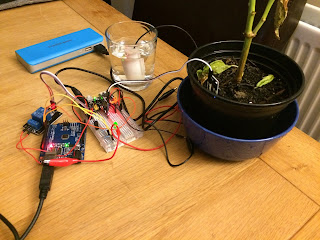I'm back and starting to pull my powerwall back again.
I've been experiencing some issues as i foolishly shut it all down completely over the winter but there must have been some parasitic draw from a device and it get extremely low and i have resurrected it however one cell is low and has been getting to around 2v during the night so the powerwall is going to be pulled down and rebuilt i think, going for a different design this time. I previously used Paul Kennets design which was a 24p packs which were then put in parallel with 3 other packs to create a 96p pack however this has a lot of interconnects so i think going for big 80p packs as many others have done shall be the best way forward. To do this however i will need to strip all the cells out and retest everything and leave them for a few weeks to test for self discharge and then use repackr to assemble. That is a lot of work!!!



